UK contact tracing apps: the view from Northern Ireland and Scotland
What can we learn about successful approaches to COVID-19 technologies from the devolved nations of the UK?
24 September 2020
Reading time: 9 minutes
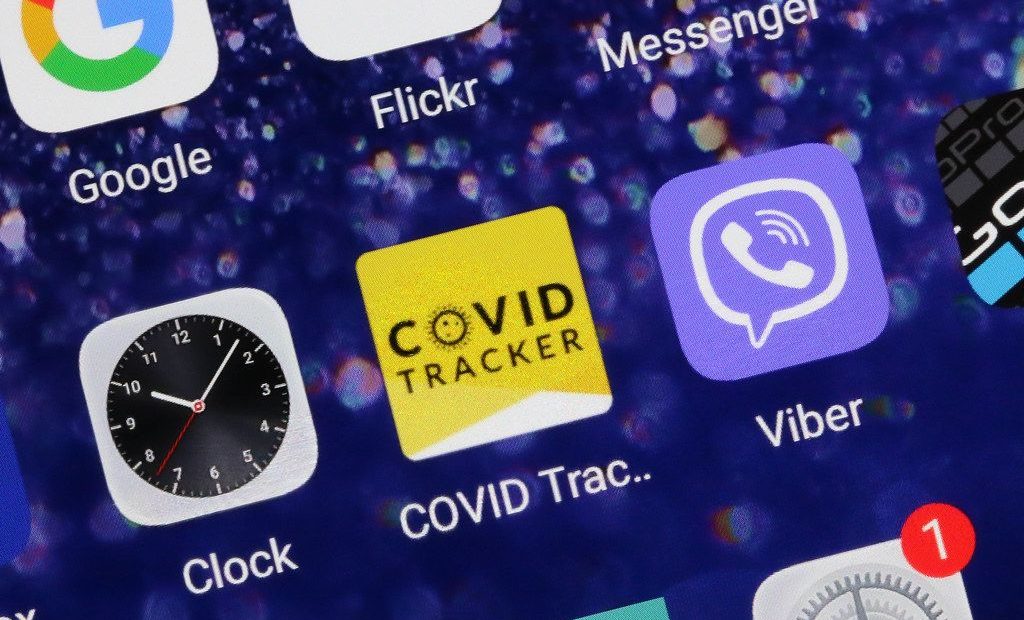
In May 2020 the Ada Lovelace Institute hosted an event bringing together experts from the three devolved nations of the United Kingdom, to ask how joined-up approaches to COVID-19 technologies across Scotland, Northern Ireland, England and Wales could help to contain the virus and foster public trust.
That joined-up approach has not transpired. Northern Ireland initially wanted a technologically ‘centralised’ model that enabled freedom of movement, giving citizens the right to move and reside freely within the Union. The Scottish Government deprioritised cross-border movement and foregrounded manual contact tracing as a reliable solution, alienated in part by what they saw as a lack of invited participation in the NHSX app. The result is that Northern Ireland and Scotland share a common approach to a contract tracing app.
An effective digital response to a pandemic will always need to be a concerted effort that considers the exigences, attitudes and resources of all communities involved. The trajectory of Scotland and Northern Ireland’s development of their track and trace apps reveals how, with a lack of coordination, each region will make its own way to accommodate their own specific needs. And it is the technological solutions that appear first that are most likely to prevail.
This is a public health issue, and the issue is not only technological but epidemiological. The effects of a fragmented digital approach to countering the pandemic remain to be seen. Similarly, the approach taken now will have consequences for the use of digital tools to respond to any future medical emergencies.
With the UK Government and NHSX launching their long-awaited contact tracing app for England and Wales today, Dr Angela Daly (University of Strathclyde, Glasgow) and Professor Maurice Mulvenna (Ulster University, Northern Ireland) take a look at the steps that led to the intervening policy decisions in Northern Ireland and Scotland and consider the implications for public trust in the technological solutions to help manage and contain COVID-19.
Northern Ireland
After lockdown started in the UK on 23 March 2020, discussions began about the merits of different technology frameworks for contact tracing apps. Early indications from the Northern Ireland Assembly’s Executive and Health Minister Robin Swann seemed to prioritise a digital contact tracing solution that reflected the free and unfettered access required by citizens of Irish and Northern Irish jurisdictions to cross the border, enshrined in the Good Friday Agreement.
On 30 April, Swann stated that the piloted manual contact tracing process was integrating a new IT system, used also in the Republic of Ireland and likely to facilitate the sharing of information on outbreaks in bordering areas.
Northern Ireland also displayed sensibility towards the technical and privacy issues that, meanwhile, were emerging from UK Government attempts to deliver a digital track and trace component. The Use of Digital Measures to Combat COVID-19, a briefing paper by the Northern Irish Assembly, provided guidance on data protection, emphasised the need of public trust and warned against the risk of a fragmented European landscape, where different approaches could limit interoperability and the then future re-opening of national borders.
On 7 July, the Republic of Ireland’s Health Service Executive announced the release of its COVID Tracker app, developed by the Irish company Nearform (which counted half a million Android installs on 1 September). It was one of the first apps released in Europe and implemented the decentralised ‘Apple-Google’ protocol.
Somewhat surprisingly, the Northern Irish StopCOVID NI app, also developed by Nearform, followed suit on 31 July, operating the same decentralised model. The app capitalised upon the fact that the locally developed solution was already tested and had been shown to be reliable. By the end of August, StopCOVID NI counted 300K downloads from across Apple and Google stores.
Having previously hinted at the possibility of developing a pan-UK service model, Northern Ireland adopted an all-island approach. The interoperability with the Irish app may not have been a priority, at the beginning of the process, but constituted an obvious pragmatic option. Cross-border travelling is frequent on the Irish island, which means that people were likely to appreciate the compatibility feature of the mobile application and be more inclined to download it and use it. Interoperability was not simply a desired featured that would make the app more effective, it contributed to a relatively high uptake.
The original NHSX app deployed a centralised protocol that would not have been interoperable with the Irish one. Had that NHSX app been successfully rolled out, the question to ask would have been not whether the Nothern Irish Government would have adopted it – we can speculate that it probably would have – but whether the app would have responded to the needs of this context.
Furthermore, the devolved authority made privacy–preserving options a default, where the notion of privacy was understood not only in terms of technical requirements but also of people’s perception of the issue itself. For instance, Northern Ireland stopped short of merging its digital contact tracing service with that of the Republic of Ireland, partly out of privacy concerns, even though the fact that both apps are decentralised could have technically dispelled those issues.
Undoubtedly, this degree of attentiveness to people’s perception of technology, local needs and resources, together with careful public communication – with daily updates by political representatives – has contributed to the uptake of StopCOVID NI so far.
The extent of this success is reflected on the new initiative to develop a version of the StopCOVID NI app for under-18’s, where ‘children will be able to use the app in a way that ensures anonymity’.
Scotland
Scotland’s COVID-19 policies, including contact tracing, started diverging from those of the UK Government in May/June, when the devolved nation saw the launch of its own contact tracing initiative, as part of the Test, Trace, Isolate, Support strategy.
The strategy revealed that Scotland was developing its own ‘web-based’ digital ‘tool’, rather than adopting the NHSX app. It also suggested that NHSX had not consulted the devolved nations, while trying to create the envisioned UK-wide tool, and implicitly raised concerns on the app itself, remarking on the need for public trust for the effective use of technology and data.
A key divergence between the UK Government’s and the Scottish strategies was the role of digital versus manual contact tracing. The Scottish Government prioritised manual contact tracing and saw the app only as an auxiliary tool from the start, in light of evidence on digital exclusion and of the possible limited uptake of the app.
There are indications that the Scottish Government could have implemented the NHSX app if the trial in the Isle of Wight had been successful. But things went a different way and Scotland shifted its efforts towards optimising a system for manual contact tracing, which was known to work.
A relative lull in digital activity in Scotland mirrored the preference for non-digital procedures until the Government announced the rollout of a contact tracing app in late July. The app was also developed by Nearform and implemented a decentralised protocol. In the same announcement, the national Government detailed that the application would ‘work with’ the Republic of Ireland and Northern Ireland’s apps ‘to support movement in the common travel area.’
Like Northern Ireland, Scotland chose a tried–and–tested digital solution, running the Google-Apple protocol that was already establishing itself as popular in Europe, bringing interoperability and mobility. The Scottish application was more likely to work, not only with the Northern Irish one, but with those implemented elsewhere in Europe, and, in the absence of a digital implementation in England and Wales, Scotland could at least conform with its other neighbours.
Another similarity between the two devolved nations concerns their keen attention to privacy concerns, which certainly favoured the adoption of a decentralised approach. Interoperability and privacy settings of the app were two of the reasons behind the relative success of the Scottish app – two days after the app launched, about 800,000 people had downloaded Protect Scotland, approximately 20% of the adult Scottish population.
The necessity to conform and the concern for privacy can be analysed according to two lenses: the present medical context and the digital economy. From the perspective of enacting an impactful medical intervention, contact tracing apps will work only if the uptake is high and, when national borders are open if different tools can communicate with each other. Potential interoperability is both a feature more likely to attract users and a necessity in its own right. A privacy-preserving protocol can dispel people’s concerns and equally contribute to achieving more downloads.
From a digital economy perspective, the success of a local company (the Republic of Ireland-based Nearform) became easy to export as a reliably tested solution, using the Apple/Google approach that was likely to be prevalent due to the market power of its proponents and that, in this specific, self-contained instance, reconciled privacy and market power.
Conclusion
With these developments in Scotland and Northern Ireland, it seems as though a ‘Gaelic Fringe’ approach to digital contact tracing is anticipating, if not actually prevailing over, a Westminster Government/NHSX approach.
Northern Ireland and Scotland have launched nation-based interoperable apps with good uptake by the general public. They have made their own design choices, which reflect those of the Irish Government (which in turn reflected European choices), rather than the UK, for reasons that appear to be pragmatic (as in the case of Northern Ireland wanting to cooperate with Ireland) and political (as in the case of Scotland). Notably, both devolved nations have chosen privacy–preserving approaches from the get-go, recognising the key role of public trust and prizing tried-and-tested solutions instead of venturing new ones.
Today, on 24 September, the UK Government contact tracing app will go live in England and Wales and, similarly to its two counterparts, it implements a non-centralised protocol. From the perspective of countering the COVID-19 pandemic, a few crucial aspects remain to be seen: how many people will download the app and sustain the use of it in England and Wales? To what extent will it be interoperable with the ones active in Scotland and Northern Ireland? And, more broadly, what will the public health implications of these differing approaches across the same country be, in the months to come for these loosely-federated ‘app nations’?
Related content
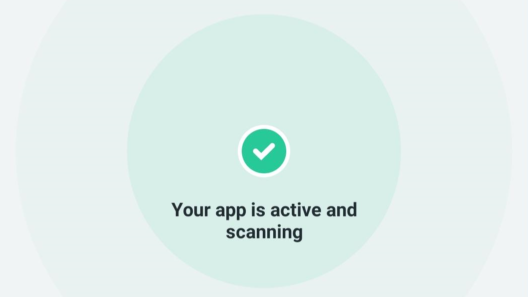
The NHS COVID-19 app: is it an enduring public health technology?
Will the long-awaited contract tracing app deliver on its promises for 2020 and beyond?
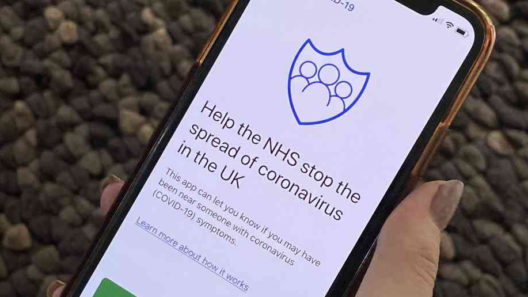
Turn it off and on again: lessons learned from the NHS contact tracing app
The decision to delay the app’s launch is the right one.
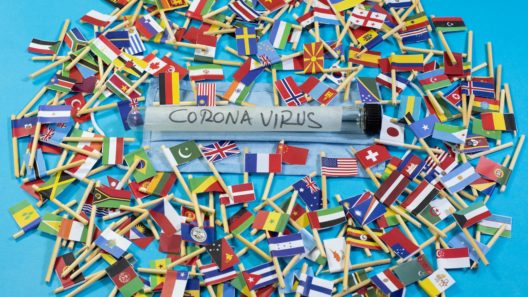
International monitor: vaccine passports and COVID-19 status apps
A tracker collating developments in policy and practices around vaccine certification and COVID-19 status apps as they emerge around the world.
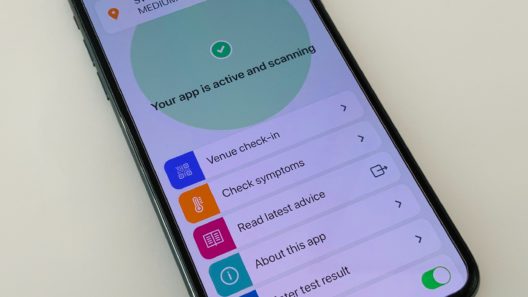
COVID-19 digital contact tracing tracker
A resource for monitoring the development, uptake and efficacy of global attempts to use smartphones and other digital devices for contact tracing.